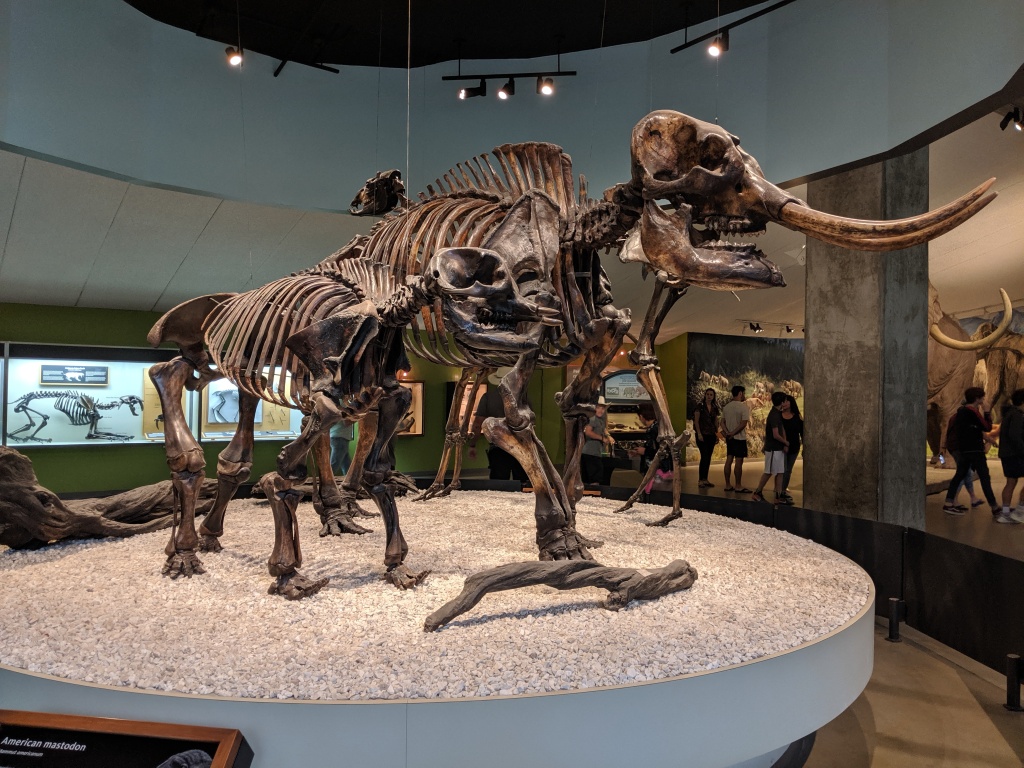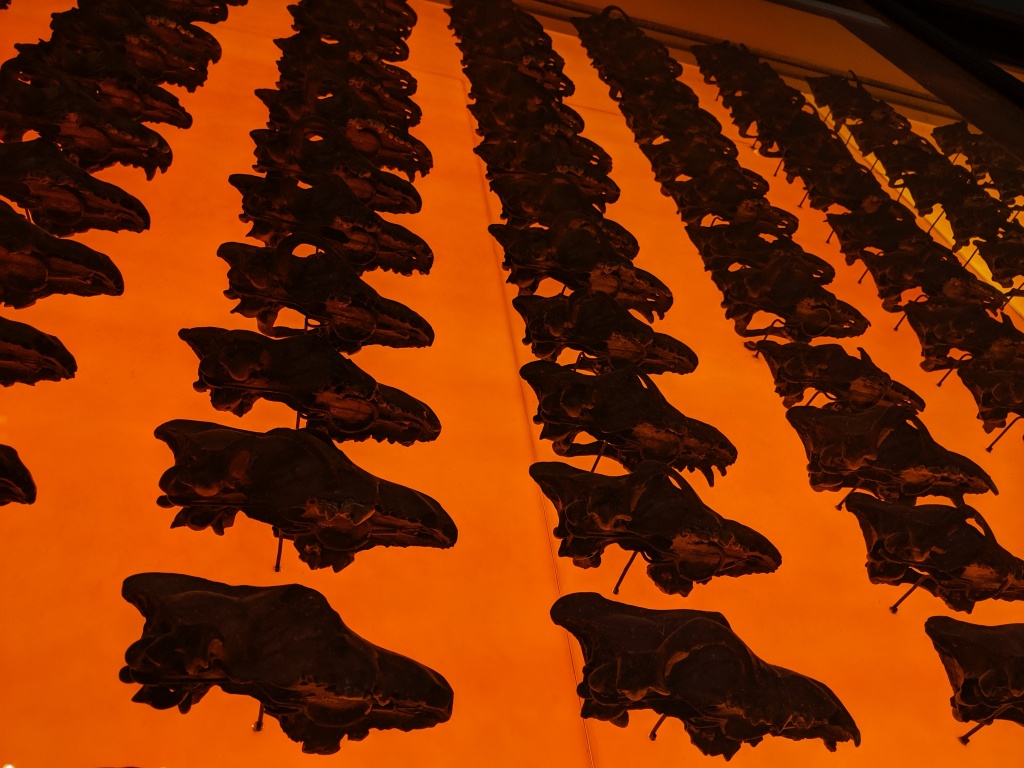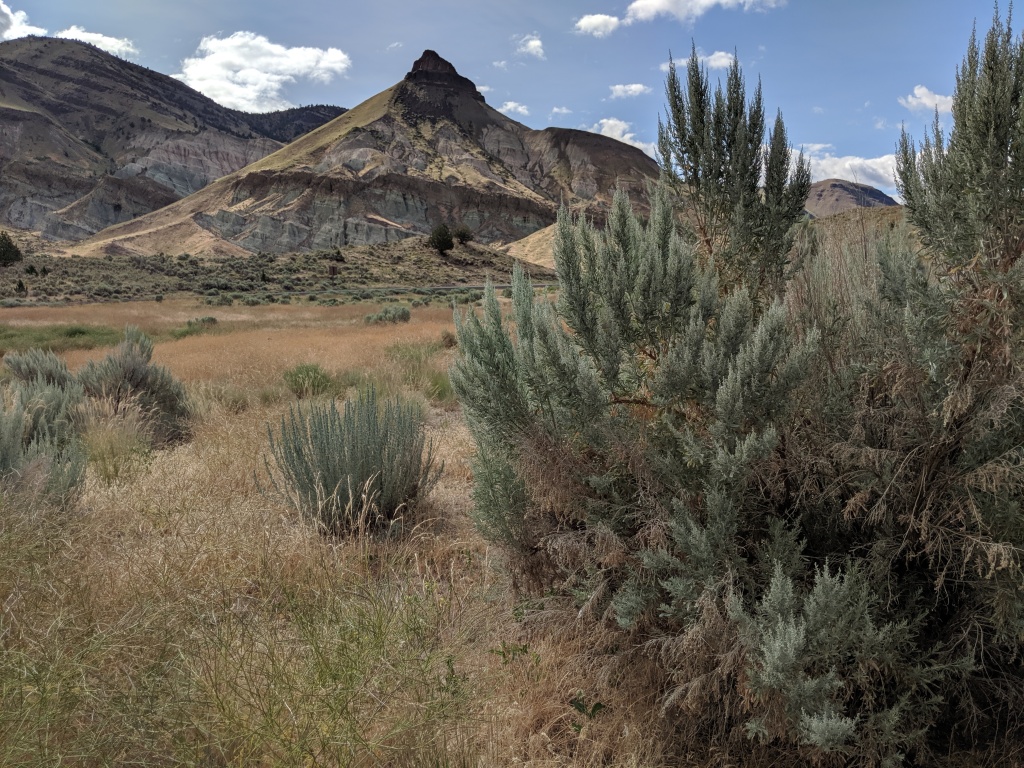Overview
This episode of Voyages is a bit different than our usual fare. Rather than focusing on one big story and the destinations that help tell it, this time we’re hearing several shorter stories, each associated with a particular place. The reason for this is that the Society of Vertebrate Paleontology, usually one of the big conferences I attend each year, was meeting online this year and I took the opportunity to interview several of my fellow vertebrate paleontologists about some of their favorite fossils and sites and the stories they tell. Because our meeting was supposed to be in Cincinnati, I lead things off with a story about an American mastodon, a species first described from a site just south of the Queen City (though the fossil in question is from Washington’s Olympic Peninsula and is on display at the Sequim Museum). My first guest is Dr. Josh Samuels, who talks about Tennessee’s Gray Fossil Site. We head to the other side of the world with the next guest, Dr. Monya Anderson, whose favorite fossils are the Laetoli footprints, traces left by an early human ancestor in what is now Tanzania. Heading to the somewhat more recent past, Dr. Mairin Balisi and Laura Tewksbury introduce us to just a few of the stories from the world famous “tar pits” of Rancho La Brea. Several of the stories shared in this episode are about the personal journeys of people working in different areas of paleontology. The first of these is Dr. Nick Famoso, who introduces the glories of John Day Fossil Beds National Monument, an inspiration for him long before he became Chief Paleontologist there. Then, it’s back to Rancho La Brea with Dr. Eric Scott, as the site (and a gloriously dated children’s book) gave him his start working in paleontology. David Levering, from the Sternberg Museum in Hays, Kansas, shares his experiences in the badlands of the Plains and the Northwest and his advice for people interested in a similar path. We end with Tara Lepore, whose story intersects with an oddly discouraging teacher, one of history’s great dinosaur paleontologists, and Harvard’s Museum of Comparative Zoology and serves as motivation for every kid out there that thinks they might want to study fossils.
Music
The music used in this episode is a jazz cover of John Williams’ theme from Jurassic Park by the Squid trio. As far as I’ve been able to tell, the band no longer exists (hence the lack of a link), but you can still purchase the album this is from, Bigger Boxes.



